Defeating the ultimate survivor
UQ researchers use ingenuity to help remove destructive
crown-of-thorns from the Great Barrier Reef


Its spines and eggs are toxic, it can take more than a dozen injections to kill, and even splitting it in three won’t necessarily get rid of it.
Oh, and it can produce up to 120 million offspring in one spawning season and breeds for up to seven years.
If you didn’t know better, you might think the crown-of-thorns starfish was a nightmarish creature from a horror film.
But this invasive species is very real – and understanding just how dangerous and near-indestructible it is gives some insight into the value of game-changing research by UQ researchers Sandie and Bernard Degnan.
Over the past 30 years, the crown-of-thorns starfish has been responsible for almost 50 per cent of coral decline on the Great Barrier Reef – and despite many efforts, it’s proved almost impossible to control.
“Starfish can be at the top of the food chain in some benthic (sea floor) communities, but a predator such as the crown-of-thorns can have a disproportionately large effect,” Associate Professor Sandie Degnan says.
“It is highly resilient, highly fertile and extremely voracious.
“In short, the crown-of-thorns starfish possesses multiple biological traits that make it capable of huge outbreaks.”
“It is highly resilient, highly fertile and extremely voracious."
The species’ ability to survive is truly remarkable.
For example, it can breathe from both sides of its body, countering the obstruction caused when it is feeding on coral.
It can regrow if cut in half or in thirds, so need to be split through the central disc and nerves to ensure regeneration does not occur.
If that’s not amazing enough, the crown-of-thorns’ spinal glands can release toxic compounds into surrounding water, causing haemorrhaging, respiratory distress and death in other sea life.
So how do we deal with an enemy like that?
Image credit: Getty Images/time2dive
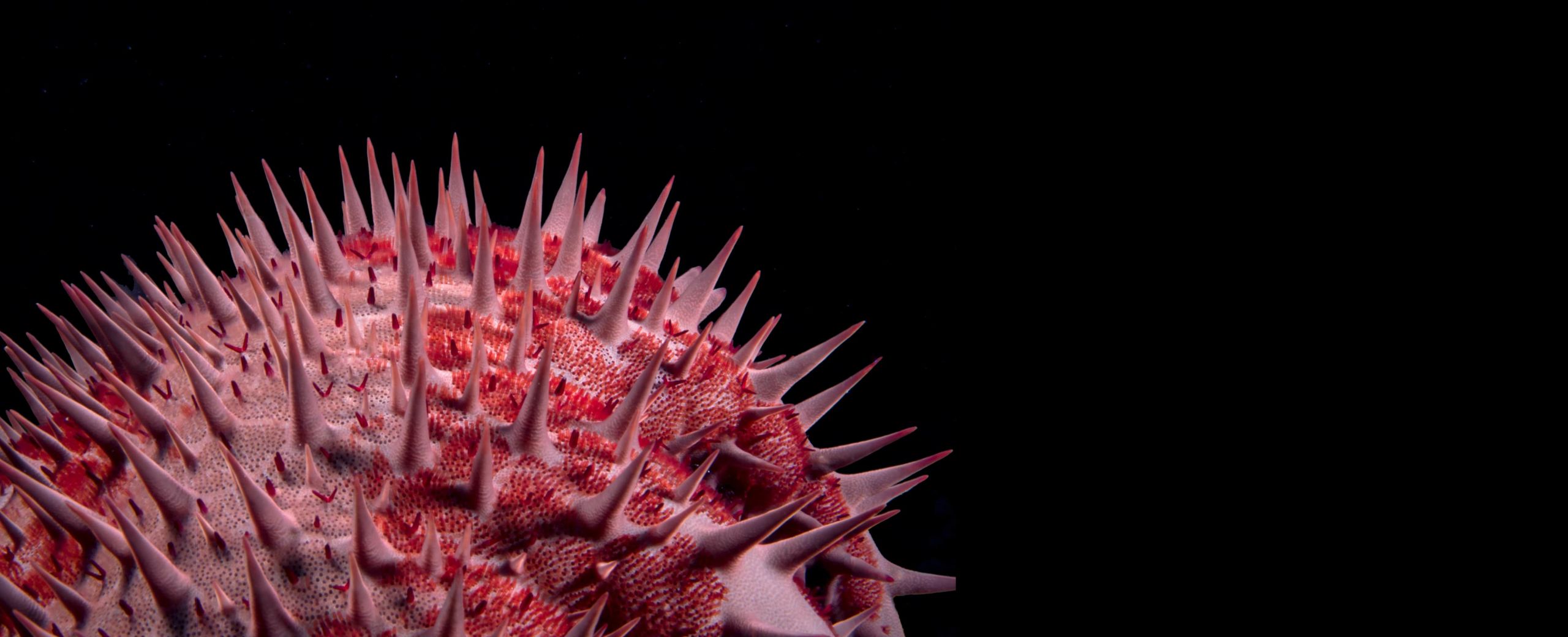
The historical answers to the question of how to control the crown-of-thorns starfish are varied, both in method and degree of success.
The first control measures using chemicals were undertaken in 1936.
In 1957, physical removal and burial ashore managed to clear an impressive 220,000 crown-of-thorns starfish at the Miyako Islands in Japan in one go.
More recently, in 2018 on the Swains Reef on the southern Great Barrier Reef, large numbers of crown-of-thorns starfish were lethally injected after "catastrophic losses" of coral.
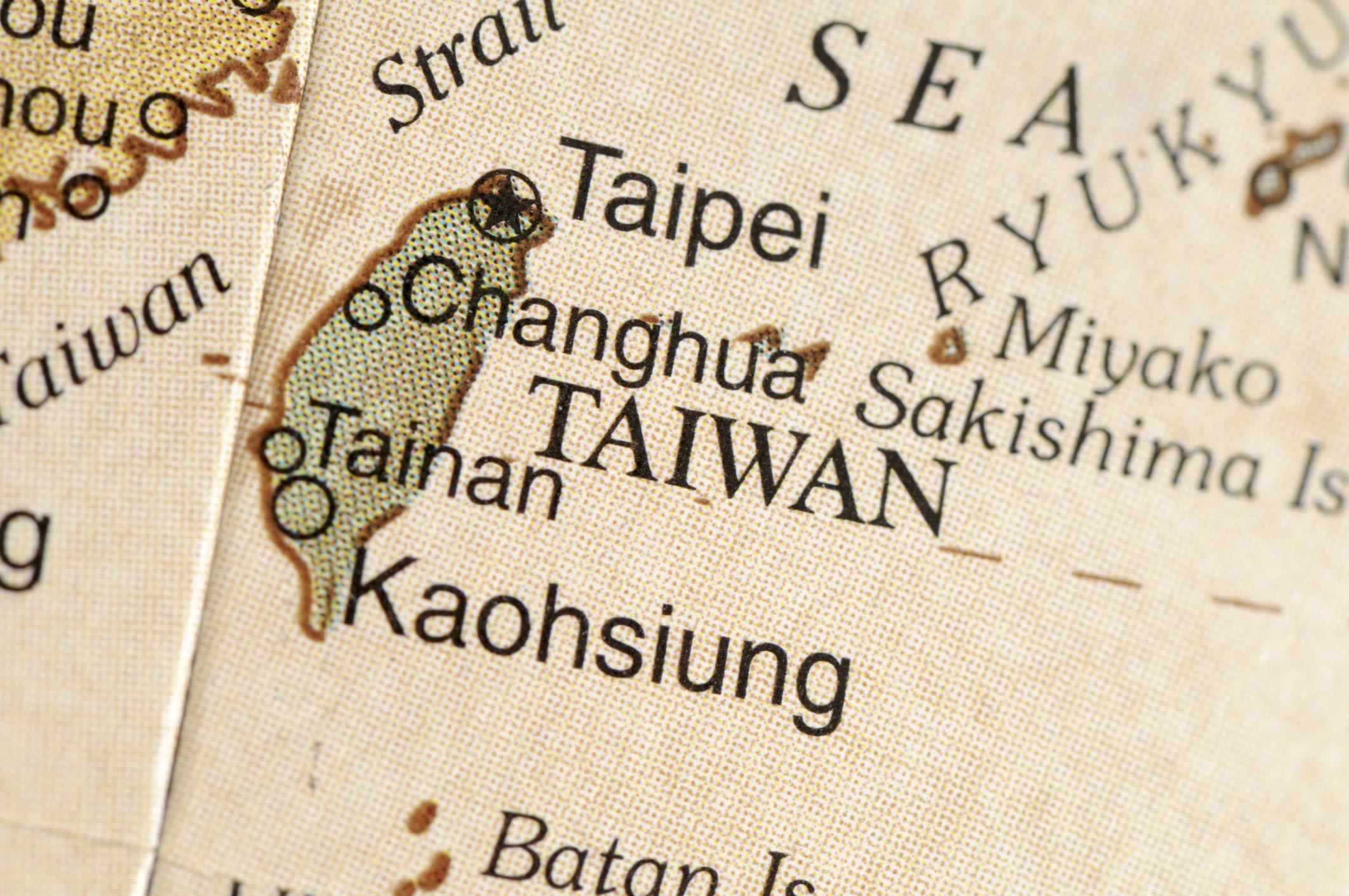
The Japanese territory of the Miyako Islands, shown off the east coast of Taiwan. Image credit: Getty Images/KeithBinns
Other culling programs have involved extracting the starfish from the water and injecting them with various compounds, or injecting them with air and collecting them when they floated to the surface.
These methods are extremely laborious with varying rates of removal, and some of the compounds used for injecting were found to have a detrimental impact on the environment.
“Many millions of dollars have been spent over many years on a variety of ways to capture crown-of-thorns starfish."
All in all there have been more than 120 crown-of-thorns mitigation programs, which have removed close to 20 million starfish.
This effort has helped to protect some specific reefs, yet the regional-scale problem has not diminished.

The Great Barrier Reef extends for 2300km along Australia's north-east coastline. Image credit: Getty Images/Rainer Lesniewski
“For an already struggling Great Barrier Reef and, indeed, any reefs across the Indo-Pacific region, crown-of-thorns starfish pose an enormous threat due to their reproductive ability,” Bernard Degnan says.
“They feast on the coral with mouths 10 times larger than other starfish and leave it bleached white and vulnerable to destruction from a range of forces including heavy storms.
“Many millions of dollars have been spent over many years on a variety of ways to capture crown-of-thorns starfish, whether it be via diver collection, injections or robotics.”

The Japanese territory of the Miyako Islands, shown off the east coast of Taiwan. Image credit: Getty Images/KeithBinns
The Japanese territory of the Miyako Islands, shown off the east coast of Taiwan. Image credit: Getty Images/KeithBinns

The Great Barrier Reef extends for 2300km along Australia's north-east coastline. Image credit: Getty Images/Rainer Lesniewski
The Great Barrier Reef extends for 2300km along Australia's north-east coastline. Image credit: Getty Images/Rainer Lesniewski
A recent crown-of-thorns control program, funded by the Australian Government and at significant expense to taxpayers, had many boats and divers patrolling more than 80 reefs using traditional, labour-intensive measures.
Safety protocols meant that once a diver was spiked by the starfish more than twice, they weren’t allowed to dive again.
To exacerbate the tricky nature of the operation, using instruments or telescopic injection to minimise manual handling only increased the cost and time needed for accuracy.
To overcome these challenges, the Degnans, their research groups at UQ-based Degnan Labs and a project team comprising Australian and Japanese researchers have turned to marine genomics – and in doing so have developed an approach that could not only help save our own Great Barrier Reef, but reefs around the world.
“This will make it many times easier to remove crown-of-thorns starfish before they have a chance to reproduce.”
Their approach is as ingenious as it is complex.
It involves using the starfish’s own pheromones to lure them into a central place where they can be removed at once, thereby reducing the time it takes to collect them, without negatively impacting the environment the researchers are trying to save.
“By deciphering the genes the starfish use to communicate, we can begin fabricating environmentally safe baits that trick them into gathering in one place,” Bernard Degnan says.
“We’ve found they gather en masse due to a release of pheromones, a ‘scent’ we aim to replicate to help lure them to their capture.
“This will make it many times easier to remove crown-of-thorns starfish before they have a chance to reproduce.”
The Degnans have now teamed up with peptide chemists Professor David Craik and Dr Conan Wang at UQ’s Institute for Molecular Bioscience to assemble a team of researchers focussed on converting this genomic information into applied outcomes.
The chemists are now fabricating and testing specific peptides as potential baits – and there are a number of hopeful leads.
Image credit: Getty Images/Federica Grassi
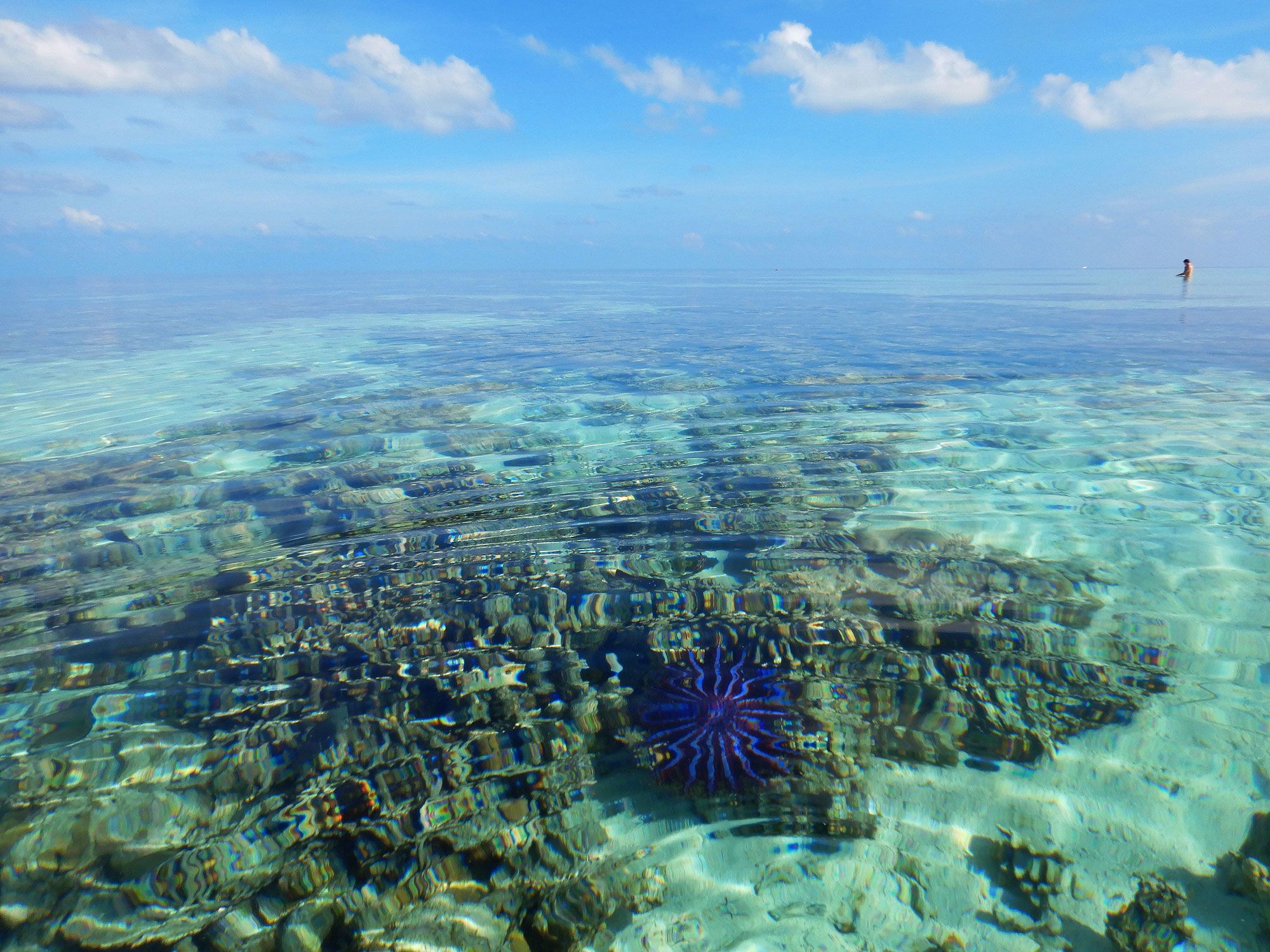
Professor Bernard Degnan says the project has truly been a team effort, involving many long-standing colleagues.
“In collaboration with the Australian Institute of Marine Science, we are now screening these peptides for their efficacy in attracting and eventually leading to the removal of crown-of-thorns starfish on a regional scale,” he says.
“This will allow us to set and leave traps on reefs that can be collected at a later time.
“This is far more efficient and cost-effective than current manual methods.”

A section of decimated coral reef. Image credit: Getty Images/Velvetfish
Beyond the role their genomics breakthrough and current proteomic (a large-scale study of proteins) work brings to controlling the crown-of-thorns starfish, the Degnans believe it could have other environmental and economic benefits.
"As the reef becomes healthier, the benefits to a raft of industries from tourism to fisheries quickly follow."
For example, they say a similar approach could be used to combat invasions of sea snails and other marine pests throughout the world.
For fishermen and coastal communities, that’s a win on several fronts.
“I expect for local economies there could be some positive cashflow from the fishermen that collect and remove the crown-of-thorns,” Professor Bernard Degnan says.
“Furthermore, as the reef becomes healthier, the benefits to a raft of industries from tourism to fisheries quickly follow.
“What I most like is that we have found a solution to a problem, not simply documented it.”

A section of decimated coral reef. Image credit: Getty Images/Velvetfish
A section of decimated coral reef. Image credit: Getty Images/Velvetfish
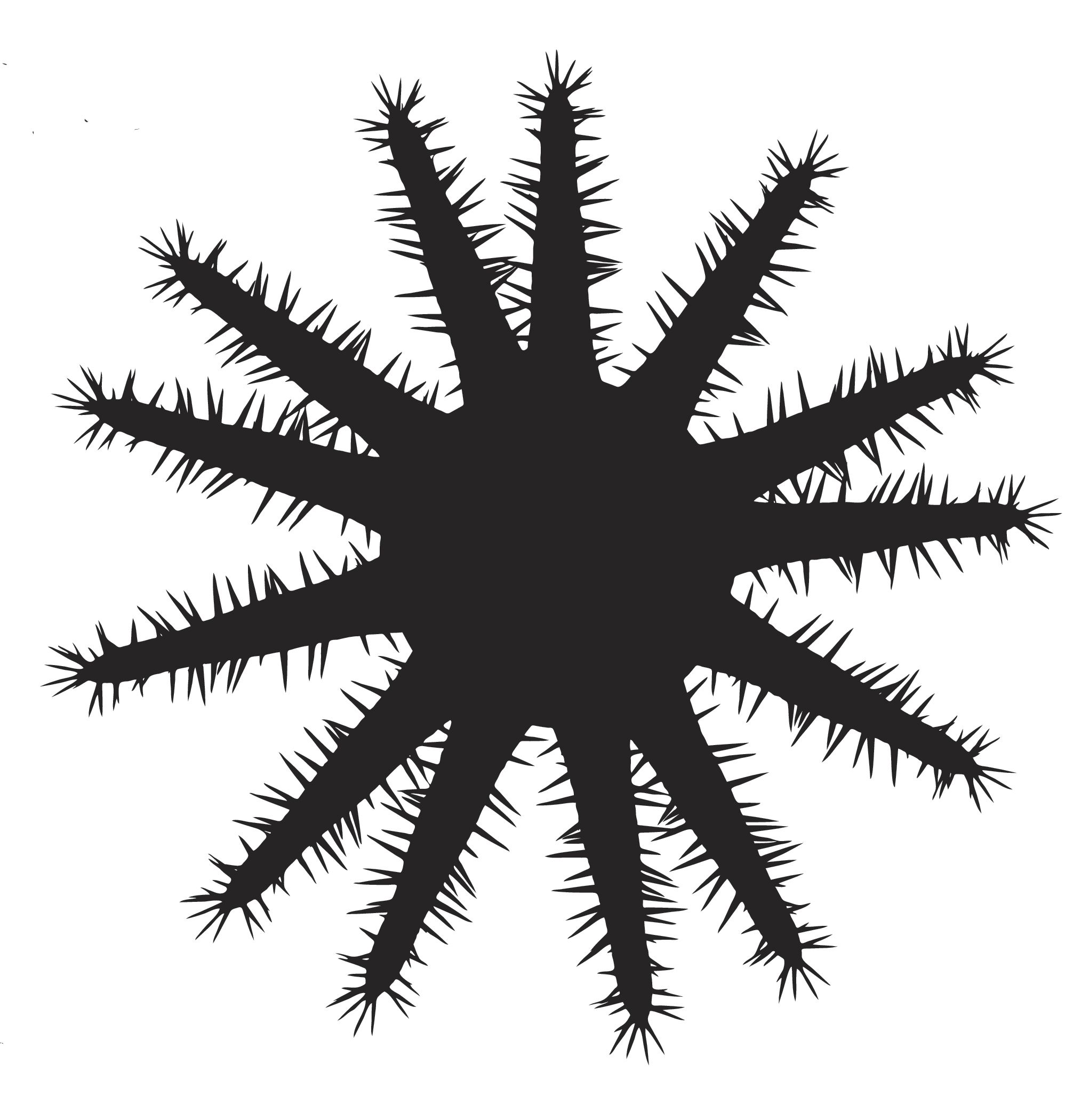
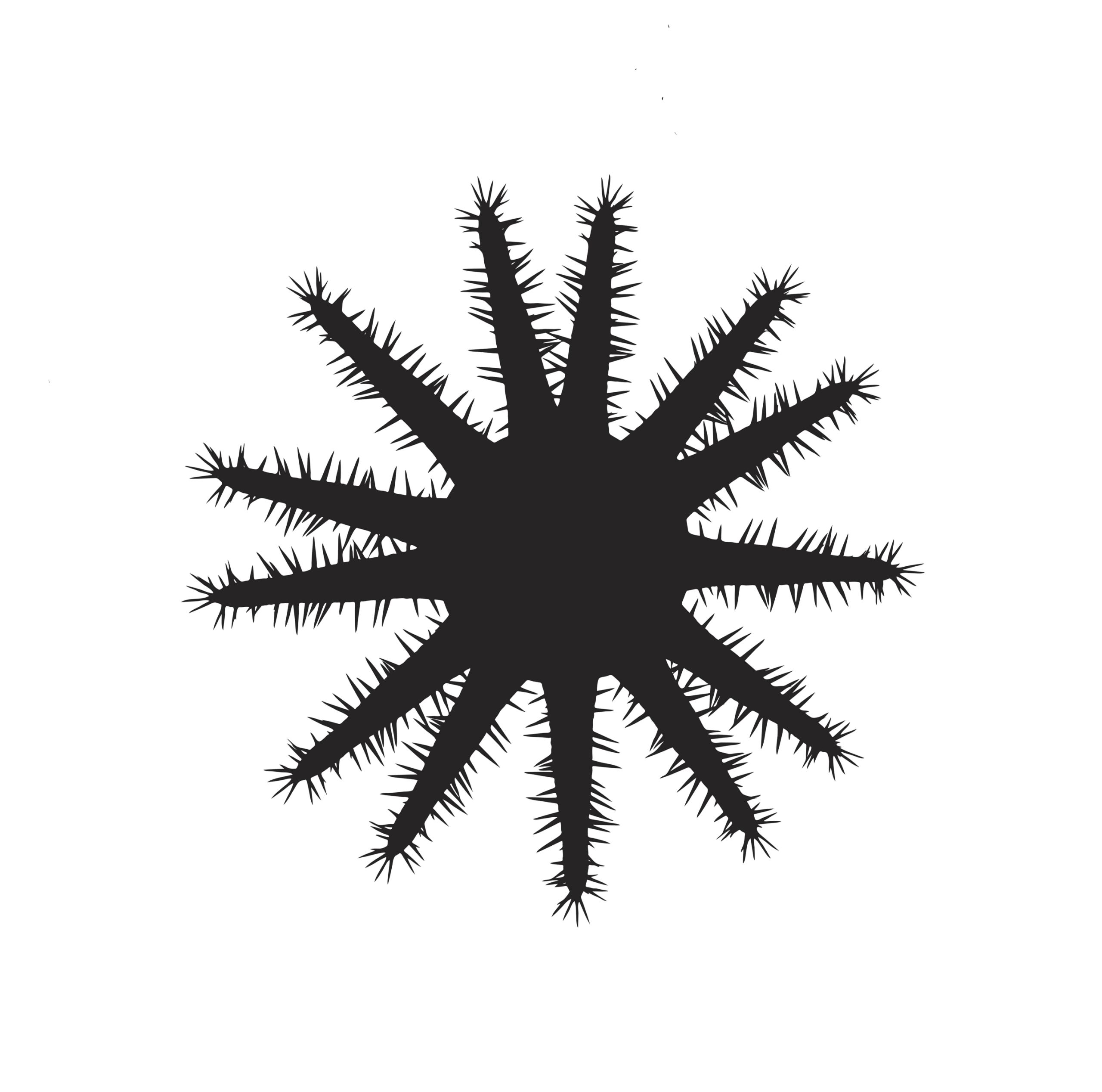
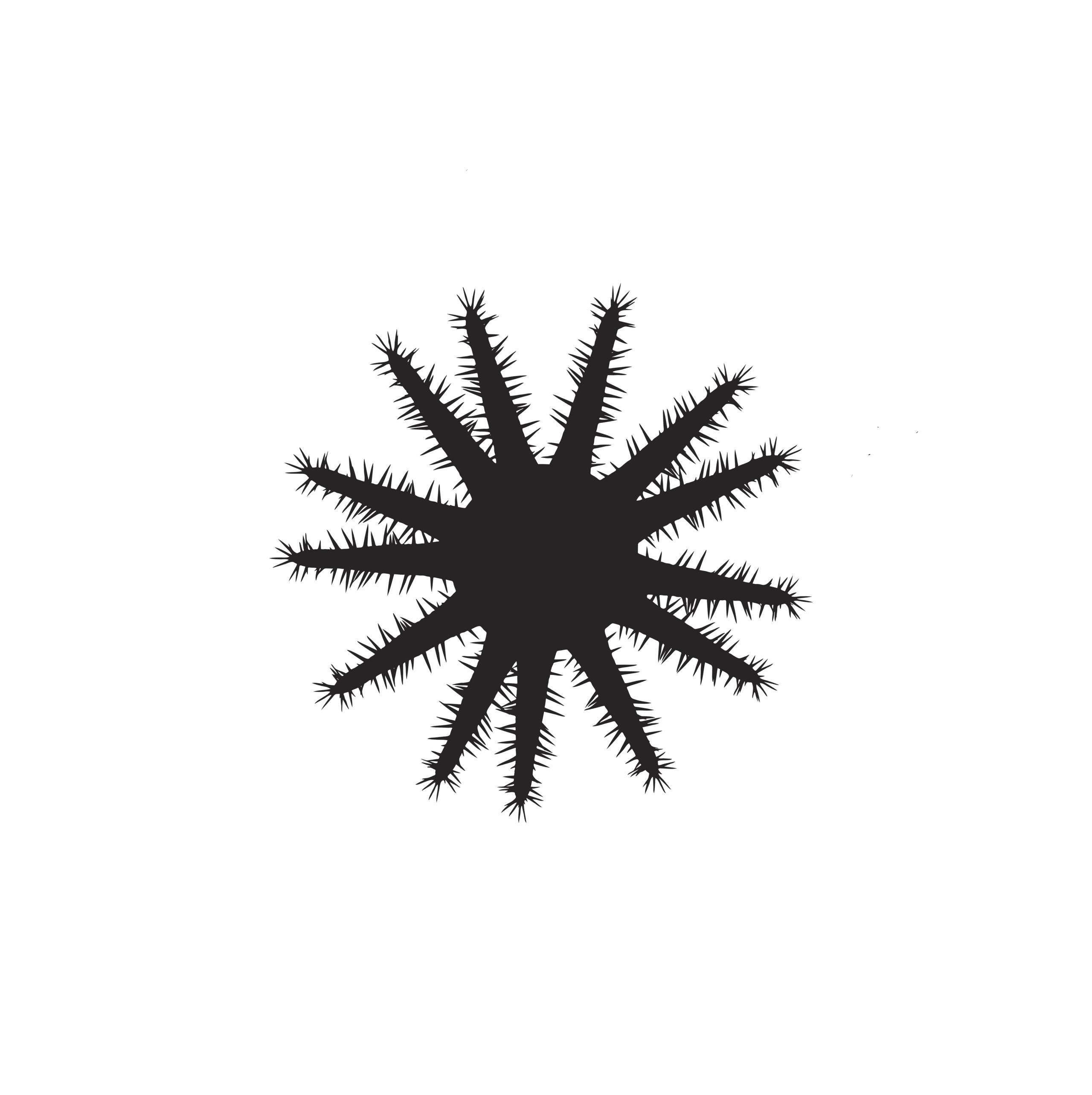
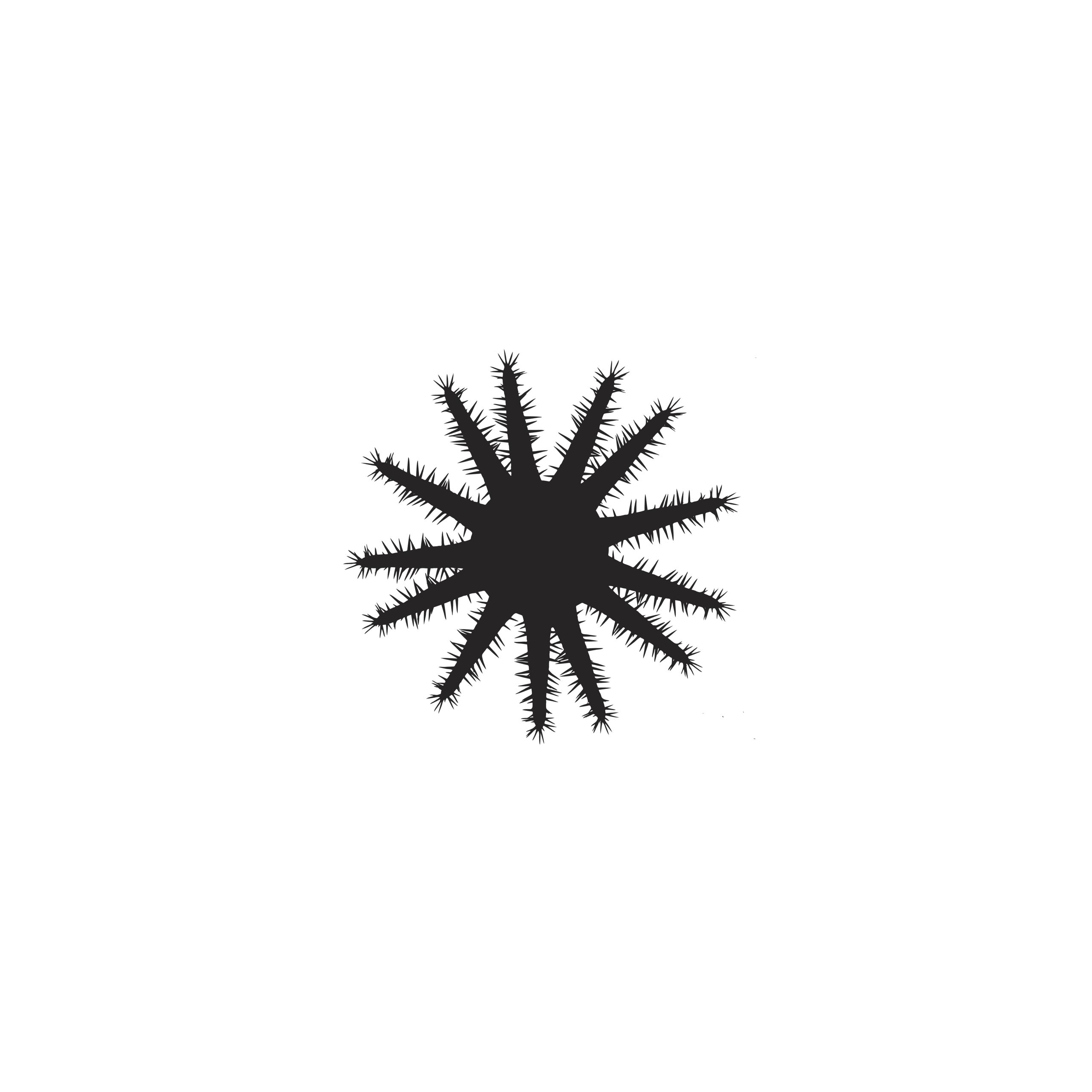
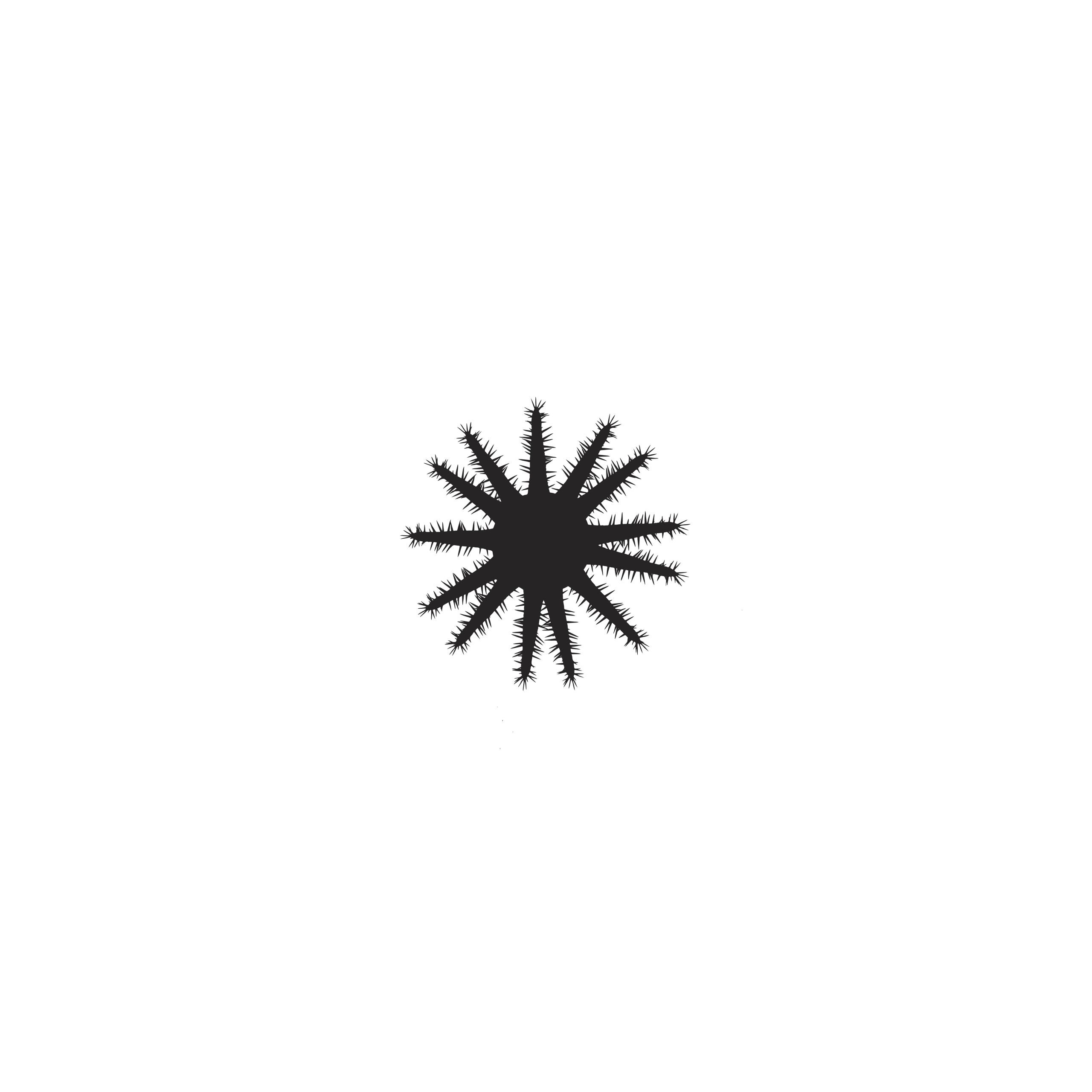
The story so far:

1987: The Degnans begin the first molecular genetic analyses on the Great Barrier Reef
1991: They move to the Marine Biotechnology Center at the University of California, Santa Barbara
1994: They return to the Zoology Department, UQ, and establish a Genetics Laboratory
2002: Bernard participates in the first marine genome project published in Science
2004: Sandie is awarded a UQ Women's Fellowship; together, they establish the Marine Genomics Laboratory at UQ
2010: The Marine Genomics Laboratory publishes the first genome project from the Great Barrier Reef, Australia, and the southern hemisphere in Nature – the marine sponge Amphimedon queenslandica from Heron Island
2013: Crown-of-thorns starfish genome begins in the Marine Genomics Laboratory with Mike Hall at Australian Institute of Marine Science
2013: Nori Satoh’s laboratory in the Okinawa Institute of Science and Technology and Scott Cummin’s laboratory at Sunshine Coast University join the genome project
2017: Crown-of-thorns starfish genome project is published in Nature
2018: Degnans team up with protein chemists Professor David Craik and Dr Conan Wang to fabricate and test baits, with funding from an ARC Linkage grant.
2019: Research commences with the scalable production of bioactive synthetic peptides and proteins
Contact details:
Professor Bernard Degnan, School of Biological Sciences
Email: b.degnan@uq.edu.au
Phone: +61 7 3365 2467
Web: researchers.uq.edu.au/researcher/350, degnanlabs.info
Associate Professor Sandie Degnan, School of Biological Sciences
Email: s.degnan@uq.edu.au
Phone: +61 7 3346 9005
Web: researchers.uq.edu.au/researcher/724
Last updated 12 September 2019.
Read more about how UQ researchers are making an impact.

Associate Professor Sandie Degnan and Professor Bernard Degnan
Associate Professor Sandie Degnan and Professor Bernard Degnan


